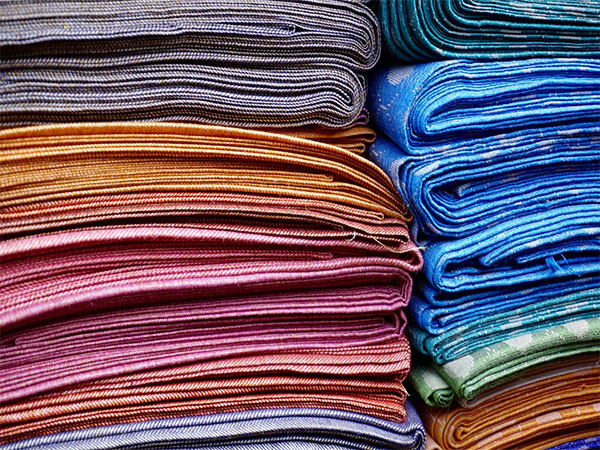India Weaves a Future: Textile 2030 Vision Embraces Tech and Tradition
India's Textile 2030 vision aims for high-tech and high-growth segments with sustainability in focus. Government initiatives support traditional handlooms, handicrafts, and bolster the raw material value chain through various schemes, driving employment and enhancing global competitiveness.

- Country:
- India
In a written reply to the Lok Sabha, Pabitra Margherita, the Minister of State for Textile, emphasized the government's commitment to shoring up the Textile 2030 vision. This strategy targets high-tech and high-growth products while prioritizing sustainability and large-scale employment opportunities.
The government's strategic initiatives are designed to invigorate traditional sectors, such as handloom and handicrafts. The aim is to achieve self-sufficiency in the raw material value chain through various schemes, including the PM Mega Integrated Textile Regions and Apparel (PM MITRA) Parks and the Production Linked Incentive (PLI) Scheme focused on Man Made Fiber (MMF) Fabric.
The Ministry of Textiles is further spearheading the National Handicrafts Development Programme and the Comprehensive Handicrafts Cluster Development Scheme to support artisans through marketing, skill enhancement, and technological aid. With over 45 million people employed directly, the textile industry plays a critical role in India's economy, having exported textiles and apparel worth 35,874 USD million in the 2023-24 period. The Global Mega Textile Event BHARAT TEX 2025 showcased India's broad textile capabilities, from raw materials to finished products, underscoring the industry's sustainability and global competitiveness.
(With inputs from agencies.)
ALSO READ
Viksit Bharat: Pioneering India's Path to Sustainable Development by 2047
Uttarakhand's Water Conservation Drive: A Pathway to Sustainable Development
SA’s G20 Presidency Focuses on Global Cooperation, Sustainable Development
Planet and People First: A New Blueprint for Sustainable Development by UNDP
Looking beyond GDP to reach the Sustainable Development Goals










